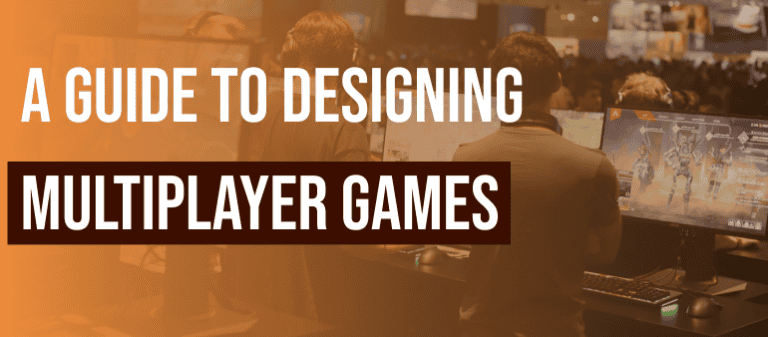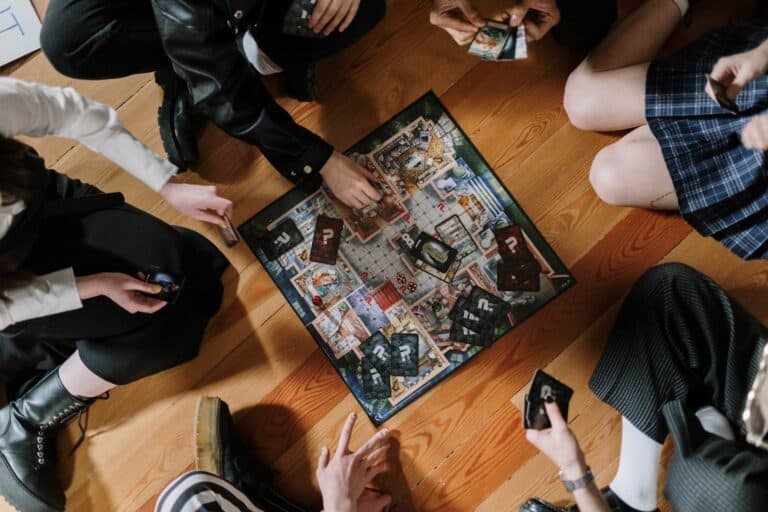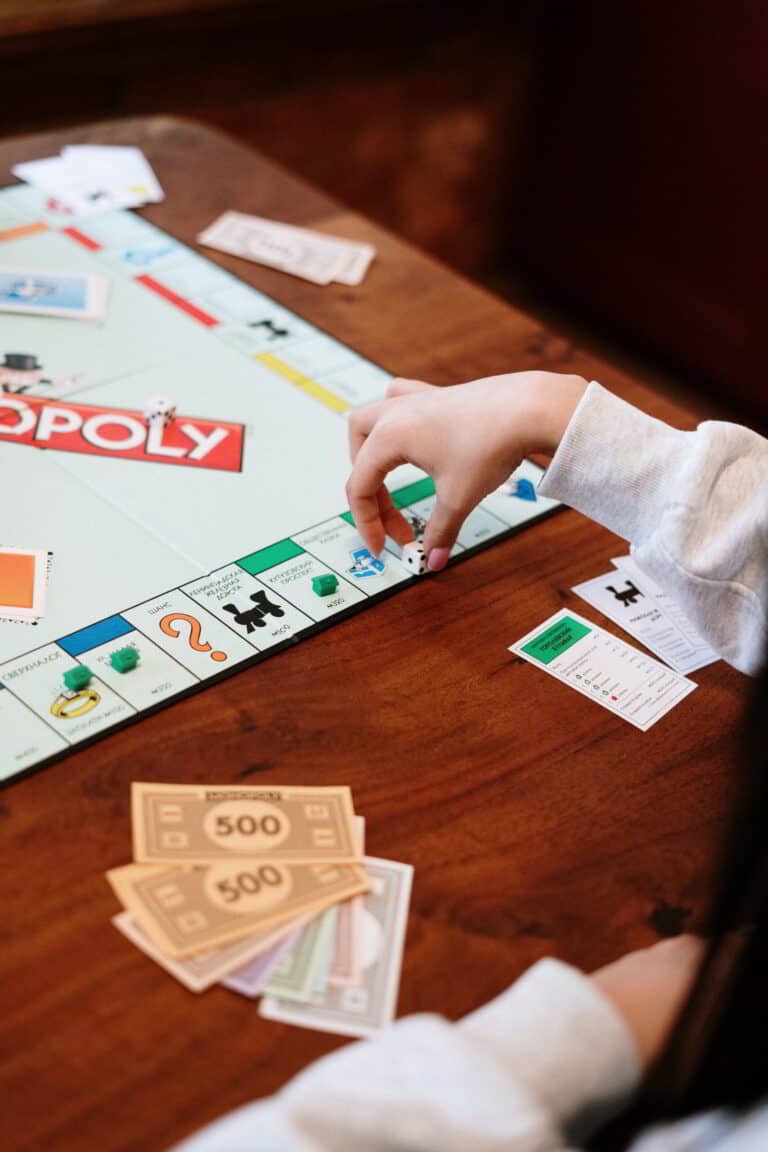Ignite the Game: Asymmetrical Board Games Design for Diverse Gameplay
Introduction: A New Perspective on Gameplay
Asymmetrical board games bring a distinct flavor to the world of gaming, introducing an innovative design where players operate under different rules, each wielding unique abilities. This approach to board game design generates high replayability, diverse experiences, and rich strategic depth. Are you curious about what it takes to create asymmetrical board games that can captivate audiences and stand the test of time? Let’s delve into this fascinating world.
The Asymmetrical Appeal: Unleashing Creativity
The asymmetrical design can breathe fresh life into a game, opening up a realm of possibilities for players and designers alike. It is akin to cooking a gourmet meal, where each ingredient, each player, adds a unique flavor to the gameplay.
“Games give you a chance to excel, and if you’re playing in good company, you don’t even mind if you lose because you had the enjoyment of the company during the course of the game,” remarks Gary Gygax, co-creator of Dungeons & Dragons, a game renowned for its asymmetrical gameplay.
Key Components of Asymmetrical Board Games: Unique Roles and Abilities
Creating asymmetrical board games involves developing distinct roles and abilities for players. This involves designing varied, balanced abilities that lead to different strategies and experiences, keeping players engaged and intrigued.
Renowned game designer Reiner Knizia shares an important perspective, “When playing a game, the goal is to win, but it is the goal that is important, not the winning.” In asymmetrical games, the journey to the goal becomes multi-faceted, with each player following a unique path shaped by their distinctive abilities.
The Art of Balancing: Ensuring Fair Play
A crucial aspect of designing asymmetrical board games is achieving balance. It’s essential to ensure that no player’s unique abilities offer an unfair advantage, leading to a lopsided game.
This process may involve meticulous playtesting and iterations, adjusting abilities, rules, and game mechanics to maintain a level playing field while preserving the unique, asymmetrical experience.
“The most exciting phrase to hear in science, the one that heralds new discoveries, is not ‘Eureka!’ but ‘That’s funny…'” – Isaac Asimov, renowned science fiction writer, whose works often portrayed complex, asymmetric systems, mirroring the intriguing challenge of balancing asymmetrical games.
Conclusion: Designing Games for the Future
Designing asymmetrical board games is an exciting journey, weaving a web of unique roles and abilities to create immersive, diverse gameplay. These games captivate audiences, offering a fresh perspective on gameplay that appeals to both new and experienced gamers.
Always remember that creating an asymmetrical board game is not just about devising unique roles and abilities, but also about creating a balanced, engaging game that players will love and return to time and time again. Now it’s time to unleash your creativity and ignite the game!
FAQs
What is an asymmetrical board game?
Answer: An asymmetrical board game is a type of game where players have different rules, roles, and abilities, leading to diverse strategies and experiences.
How do you balance asymmetrical board games?
Answer: Balancing asymmetrical board games involves ensuring that no player’s unique abilities offer an unfair advantage. This process may require meticulous playtesting and iterations to maintain a level playing field.
Why are asymmetrical board games appealing?
Answer: Asymmetrical board games are appealing because they provide diverse gameplay experiences, high replayability, and strategic depth. Each player operates under different rules and has unique abilities, adding a distinct flavor to the game.
Keywords: Asymmetrical board games, board game design, unique roles, diverse gameplay, game balance, game mechanics.
References: BoardGameGeek, Polygon, GamesRadar, Game Developer Magazine
Anecdote: A few years back, I had the chance to play an asymmetrical board game for the first time. It was a pirate-themed game, and each player was a different character, from the cunning captain to the stealthy spy. I remember the thrill of discovering my unique abilities and plotting my strategy. The game was a whirlwind of excitement and surprises, and even though I didn’t win, I was hooked. That’s the power of asymmetrical board games – they draw you in and leave you eager for another round.







